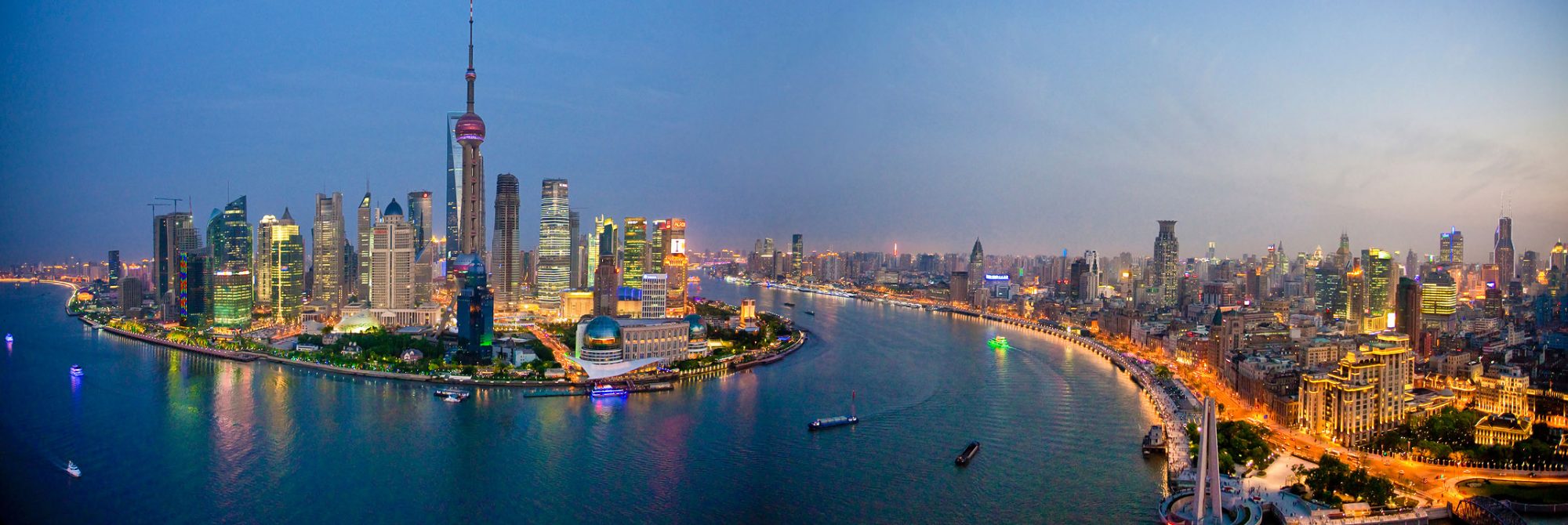Drug trafficking of methamphetamines in East and Southeast Asia is at an all time high, having surpassed 1 billion confiscated tablets in 2021. Consumption rates have risen by 70 percent in New Zealand, Australia, Hong Kong, Korea, and Japan as well, due to exports from key spots in Southeast Asia. Drugs have become cheaper and more accessible because of flawed governmental combat systems, and heroin has become the most dominant illegal drug in the Southeast Asia region. The border areas of Thailand, Laos, and Myanmar (aka the Golden Triangle) have shown the most rampant rise in production/consumption of illegal drugs. The Golden Triangle has historically been home to many heroin/opium labs, becoming a leader in opium production after the Chinese Communist Party established harsh restrictions regarding opium in their country. Myanmar, being the closest to China, took up the bulk of production initially. Chinese troops in Burma who handled narcotics sent their opium to Thailand as well. Many opium farmers flocked to Laos after the Chinese Communist Party enforced high taxes on opium farmers (not just regarding opium, but meth and any by-products as well). Myanmar has faced decades of political instability, which has led to little regulation and unstable laws that allow for “safer” drug activity. The process is generally that illegal drug chemicals are produced in Laos, filtered into Myanmar for processing/refining (opium to heroin), and finally lands in Thailand for storage facilitation. Illegal sales are made through every stage of processing, allowing all states to make a large profit. Fighting in Myanmar has also led to complications regarding legal restraints against drug trafficking. The three countries’ law forces are practically integrated around the borders due to chases and seizures being made across all three borders with no restrictions.
The issue lies within decades of failed law enforcement and governmental regime. Political artifice, specifically in Myanmar, shows political groups denying any and all involvement in a cycle of he-said-she-said regarding drug trafficking that will never end unless one group is able to retain power. As the governments continue to seize mass amounts of finished product, the unfiltered chemicals will continue to be produced in abundance, leading to a larger amount of cheaper manufactured product (consumable drugs). The collaboration between drug launderers in all three countries of Laos, Myanmar, and Thailand have done a better job collaborating to sell illegal drugs than the countries’ governments themselves have done to establish an official regime that can combat the production and consumption of such substances. When it comes to the Golden Triangle, the issue with this trafficking doesn’t just lie in the negative effects of drug use. Since these countries’ economies rely so heavily on profit made from drug trades, the eradication of these profits would result in a massive economic dip— something that countries in the Golden Triangle would likely not be able to survive.
